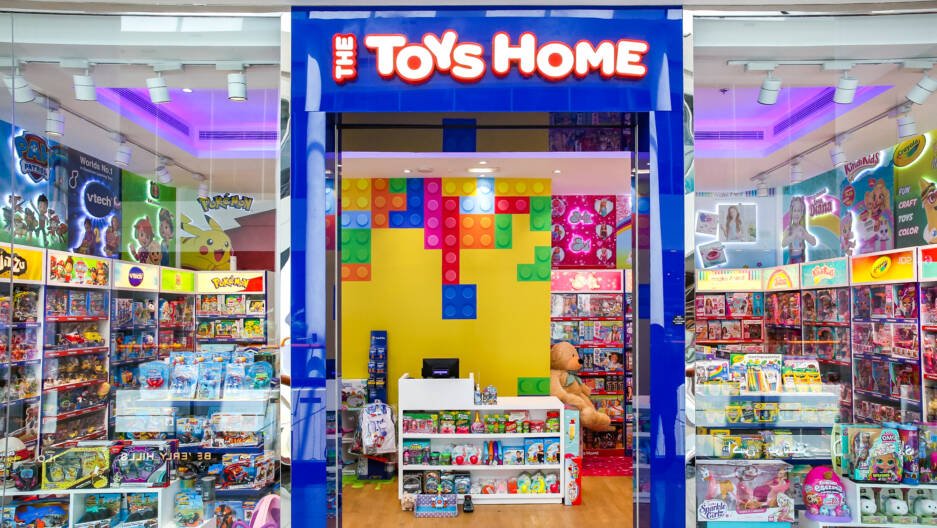DIY Toys and Creative Play: Nurturing Imagination Through Homemade Playthings
In the age of digital entertainment and pre-packaged toys, crafting your playthings is a timeless charm. DIY toys, short for “do-it-yourself toys,” are more than just fun projects; they are gateways to a world of Creativity, imagination, and hands-on learning for children and adults. In this comprehensive exploration, we delve into the realm of DIY toys, uncover their significance in fostering Creativity, and DIY Toys and Creative Play provide inspiration for crafting your homemade playthings.
The Art of DIY Toys
DIY toys encompass creative endeavors, from simple paper crafts to intricate woodworking projects. What sets them apart from store-bought toys is the personal touch and the act of crafting itself. Making your toys transforms the process of play into an immersive and educational experience. Here are some of the critical aspects of DIY toys:
1. Personalization:
DIY toys allow for personalization, tailoring each creation to a child’s interests, preferences, and developmental stage. This customization fosters a deeper connection between the child and their toys.
2. Hands-On Learning:
The process of making DIY toys encourages hands-on learning. Children develop fine motor skills, problem-solving abilities, and spatial awareness as they craft and manipulate materials.
3. Resourcefulness:
DIY toys often involve repurposing or upcycling materials, promoting resourcefulness and sustainability. It teaches children the value of reusing and recycling.
4. Creativity and Imagination:
Crafting homemade toys stimulates Creativity and imagination. Children envision, design, and bring their ideas to life, fostering a sense of accomplishment and ownership.
5. Bonding and Collaboration:
DIY toy projects can be a collaborative effort between parents, caregivers, and children. They provide opportunities for bonding, sharing ideas, and working as a team.
Benefits of DIY Toys
The advantages of incorporating DIY toys into a child’s playtime routine are multifaceted. Let’s explore some of the key benefits:
1. Enhanced Creativity:
DIY toys encourage children to think outside the box, inventing new play scenarios and storylines. They learn to improvise and adapt, boosting their creative thinking skills.
2. Development of Problem-Solving Skills:
Crafting homemade toys often involves overcoming challenges and finding solutions. This problem-solving process enhances critical thinking abilities.
3. Ownership and Pride:
When children actively participate in creating their toys, they take pride in their work. This sense of ownership and accomplishment boosts self-esteem.
4. Reduced Screen Time:
DIY toy projects provide a constructive alternative to screen time. They offer an engaging and screen-free form of entertainment.
5. Environmental Consciousness:
Crafting DIY toys from recycled or sustainable materials instills a sense of environmental responsibility and promotes eco-friendly practices.
6. Strengthened Parent-Child Bonds:
Collaborative DIY projects create opportunities for quality time between parents and children. These shared experiences strengthen family bonds.
DIY Toy Ideas for All Ages
Now that we’ve established the merits of DIY toys, let’s explore some creative ideas suitable for various age groups:
1. Infants and Toddlers (0-2 years):
- Sensory Bottles: Fill clear plastic bottles with items like rice, beads, or feathers to create sensory bottles that engage a baby’s senses.
- Soft Fabric Books: Craft soft, colorful fabric books with different textures and simple shapes.
2. Preschoolers (3-5 years):
- Cardboard Box Creations: Transform cardboard boxes into playhouses, vehicles, or imaginative worlds.
- Homemade Playdough: Mix flour, salt, water, and food coloring to make homemade playdough for sculpting and shaping.
3. Early School-Age (6-8 years):
- Paper Plate Puppets: Decorate paper plates and attach craft sticks to create puppets for storytelling and puppet shows.
- Nature-Based Crafts: Collect leaves, twigs, and stones to craft nature-inspired art and toys.
4. Upper Elementary (9-12 years):
- Origami: Learn the art of origami, folding intricate paper creations like animals and geometric shapes.
- Simple Sewing Projects: Introduce basic sewing skills with projects like stuffed animals or felt ornaments.
5. Teenagers (13+ years):
- Woodworking: Engage in woodworking projects like building birdhouses, puzzles, or furniture.
- Electronics and Robotics Kits: Explore DIY electronics and robotics kits for a blend of Creativity and technology.
Tips for Successful DIY Toy Projects
Embarking on DIY toy projects can be a rewarding experience, but it’s essential to approach them thoughtfully. Here are some tips for successful DIY toy crafting:
1. Safety First:
Prioritize safety by selecting age-appropriate materials and tools. Supervise young children during crafting activities.
2. Start Simple:
Begin with straightforward projects that match your child’s skill level. Gradually introduce more complex creations as their confidence and abilities grow.
3. Inspire Creativity:
Please encourage your child’s imagination by asking open-ended questions and allowing them to make creative choices throughout the process.
4. Use Recycled Materials:
Explore the potential of recycled materials, such as cardboard, empty containers, and old magazines. Not only is this eco-friendly, but it also sparks resourcefulness.
5. Celebrate Achievements:
Celebrate the completion of each project. Display or play with the finished DIY toys, giving your child a sense of accomplishment.
DIY toys are more than just playthings; they are gateways to a world of Creativity, imagination, and learning. Crafting homemade playthings enhances a child’s fine motor skills and problem-solving abilities and fosters a sense of ownership and pride. It’s a journey that spans generations, providing opportunities for bonding and shared experiences.
In a world where technology often takes center stage, DIY toys offer a refreshing alternative. They encourage children to unplug, engage their senses, and create their own adventures. So, gather your crafting supplies, embrace the joy of making, and embark on a DIY toy adventure with your child. The memories you create together will last a lifetime, and the skills they develop will serve them well on their journey of discovery and creativity.



